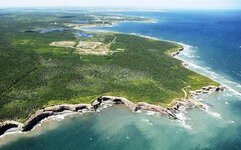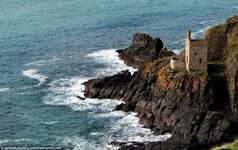lokiblossom
Bronze Member
There is a difference between digging in the soil of the prairies, where you could dig 100' without hitting one rock, and digging in the glacial till and bedrock of NS.
And, I might add within a few yards of the Atlantic Ocean.
Cheers, Loki










